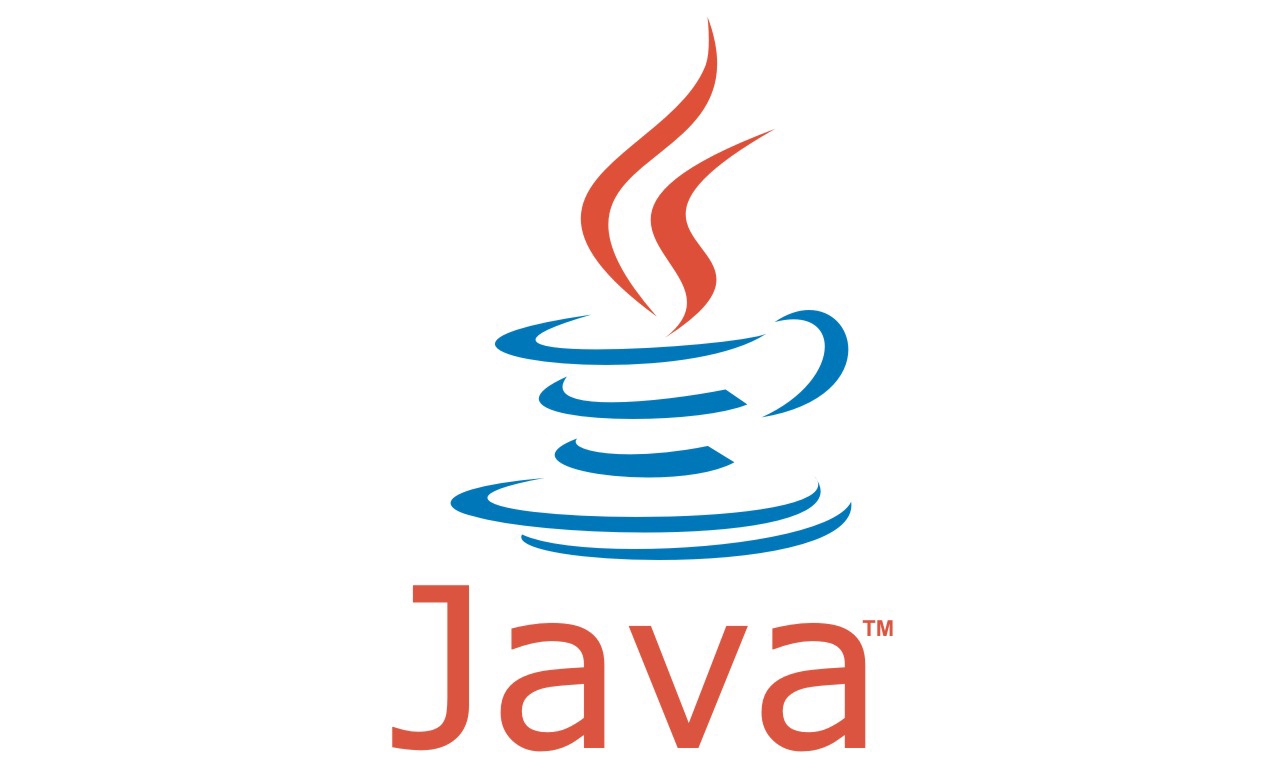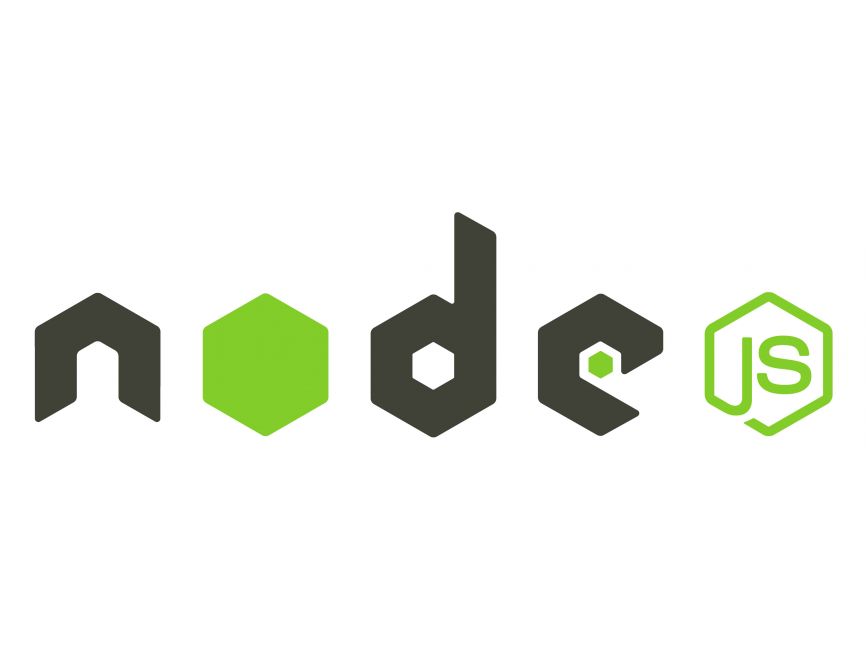Java Naming and Directory Interface (JNDI) Tutorial
Java Naming and Directory Interface (JNDI) is an API in Java that provides naming and directory functionality to applications written in Java. It allows Java applications to look up objects or resources using a name, which may be associated with various naming or directory services, such as LDAP, DNS, or even local files. In…






